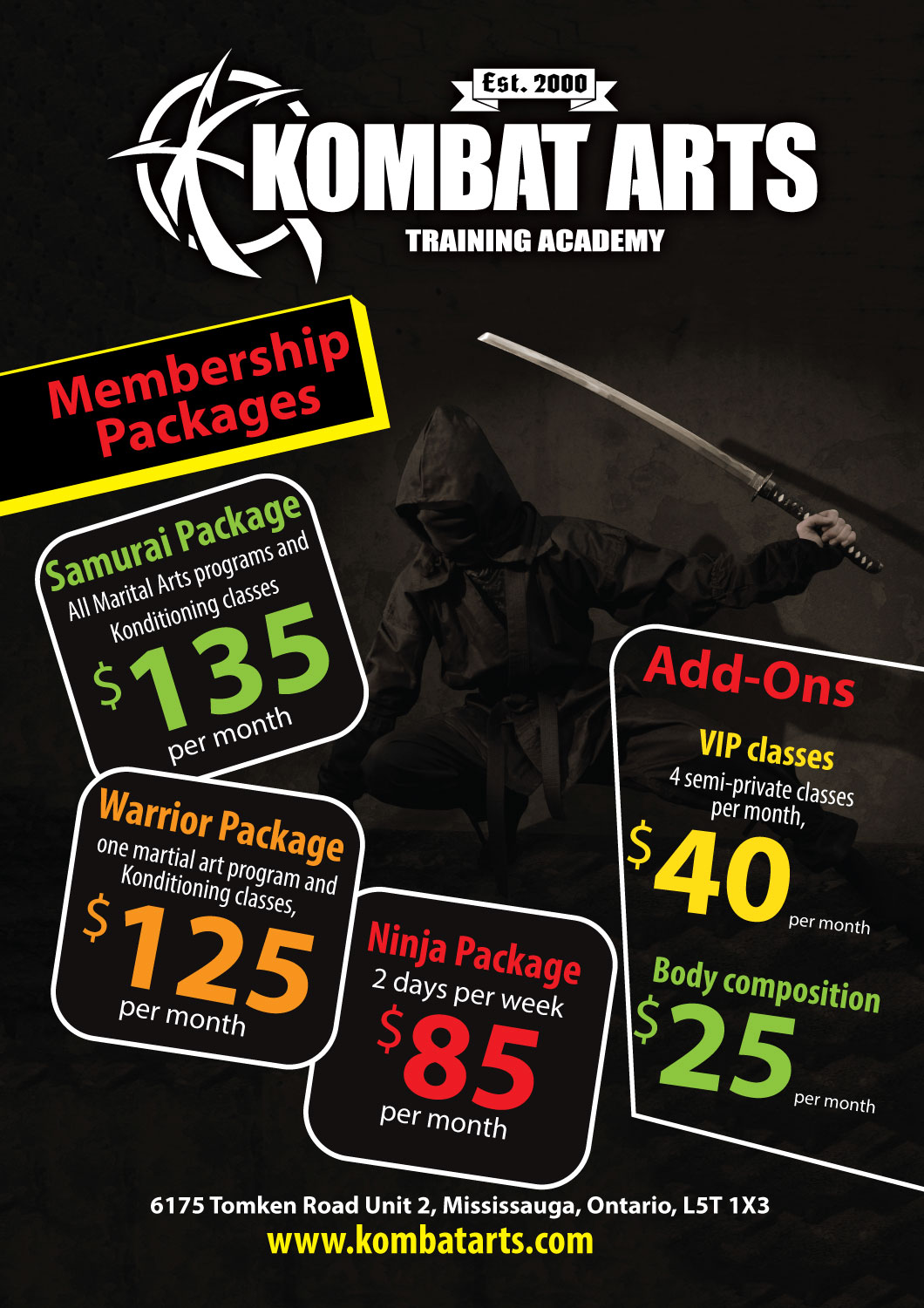Embark On A Remarkable Journey Right Into The Realm Of Martial Arts, Where The Blend Of Old-Time Personalizeds And Modern Performance Waits For
Embark On A Remarkable Journey Right Into The Realm Of Martial Arts, Where The Blend Of Old-Time Personalizeds And Modern Performance Waits For
Blog Article
Material Writer-McGrath Friedman
Step into the ancient globe where martial arts were substantiated of necessity in varied areas. Societies crafted special combating designs intertwined with historical contexts. Techniques progressed over centuries with dedicated practice and social exchanges. Today, modern-day martial arts blend standard elements for maximum performance. Philosophically, martial arts stress technique, self-improvement, and consistency. Regard, humility, and balance are foundational concepts guiding specialists towards development and resilience. Check out the midsts of this abundant history and viewpoint to reveal the extensive impacts shaping this enduring technique.
Origins of Fighting Style
Martial arts originated in numerous areas around the world, advancing as practical fight systems to prevent dangers. These ancient fighting designs were established out of requirement, with each society crafting techniques suited to their unique environments and challenges. From the grappling arts of Jujutsu in Japan to the striking methods of Martial art in China, martial arts were deeply intertwined with the historical, social, and cultural textile of their corresponding cultures.
In Japan, the samurai course refined martial arts like Kenjutsu, the art of the sword, which later advanced into the a lot more popularized kind of Kendo. At the same time, in Brazil, Capoeira emerged as a mix of dance and battle, developed by enslaved Africans as a way to resist injustice. Each martial art brings with it an abundant history and philosophy, reflecting the values and ideas of the people that exercised them.
As you delve into the origins of martial arts, you reveal a tapestry of human ingenuity, durability, and the unrelenting spirit of warriors throughout time.
Development of Methods
With centuries of practice and improvement, combat strategies within different martial arts have undergone a profound evolution. From old designs like Kung Fu and Karate to more modern disciplines such as Brazilian Jiu-Jitsu and Krav Maga, the evolution of techniques has been driven by a mix of social influences, sensible applications, and technological developments.
how often should i practice martial arts of this evolution is the cross-pollination of methods in between different martial arts. For example, strategies from conventional Japanese Jiu-Jitsu were integrated right into the creation of Judo by Jigoro Kano in the late 19th century. This blending of designs has caused the growth of hybrid martial arts like Mixed Martial Arts (MMA), which combine elements of striking, grappling, and submission techniques.
Furthermore, the development of techniques has been formed by the increasing emphasis on efficiency and performance in combat. Experts have actually continually looked for to fine-tune their methods via strenuous training, testing, and competitors, causing the advancement of extremely specialized and efficient fighting styles. Generally, the evolution of strategies in martial arts mirrors the dynamic nature of battle and the recurring quest for enhancement and advancement.
Philosophical Foundations
Discovering the underlying philosophical concepts of martial arts provides insight into their core worths and leading ideas. At the heart of several martial arts self-controls is the idea of self-control itself. By educating https://www.herald-citizen.com/sports/jack-scott-students-medal-at-world-games/article_efb65faf-aec3-5649-8e6f-f5c91a7d286d.html and body to function as one cohesive unit, you grow self-control that extends beyond the dojo or gym right into everyday life. This technique incorporates respect, humbleness, and self-discipline, forming not simply your physical capabilities but additionally your character.
An additional essential philosophical structure in martial arts is the concept of continuous self-improvement. The trip of mastering a martial art is continuous, with professionals regularly aiming to better themselves, both literally and emotionally. This concentrate on development promotes durability, willpower, and a development state of mind that can be applied to all elements of life.
Moreover, martial arts stress the significance of harmony and balance. Strategies are created to use a challenger's energy versus them, highlighting the principle of generating and rerouting force instead of meeting it head-on. This approach reaches interpersonal relationships, advertising calm resolutions and mutual understanding. By accepting these thoughtful structures, martial artists not only enhance their combat skills however additionally cultivate a way of life fixated personal development, respect, and consistency.
Verdict
To conclude, the background and viewpoint of martial arts provide an abundant tapestry of tradition, self-control, and self-improvement.
Consider example the story of Bruce Lee, that changed martial arts by blending different styles and ideologies to create his very own unique kind of Jeet Kune Do.
Via dedication and advancement, martial musicians remain to push boundaries and influence others to reach their full possibility both in combat and in life.
